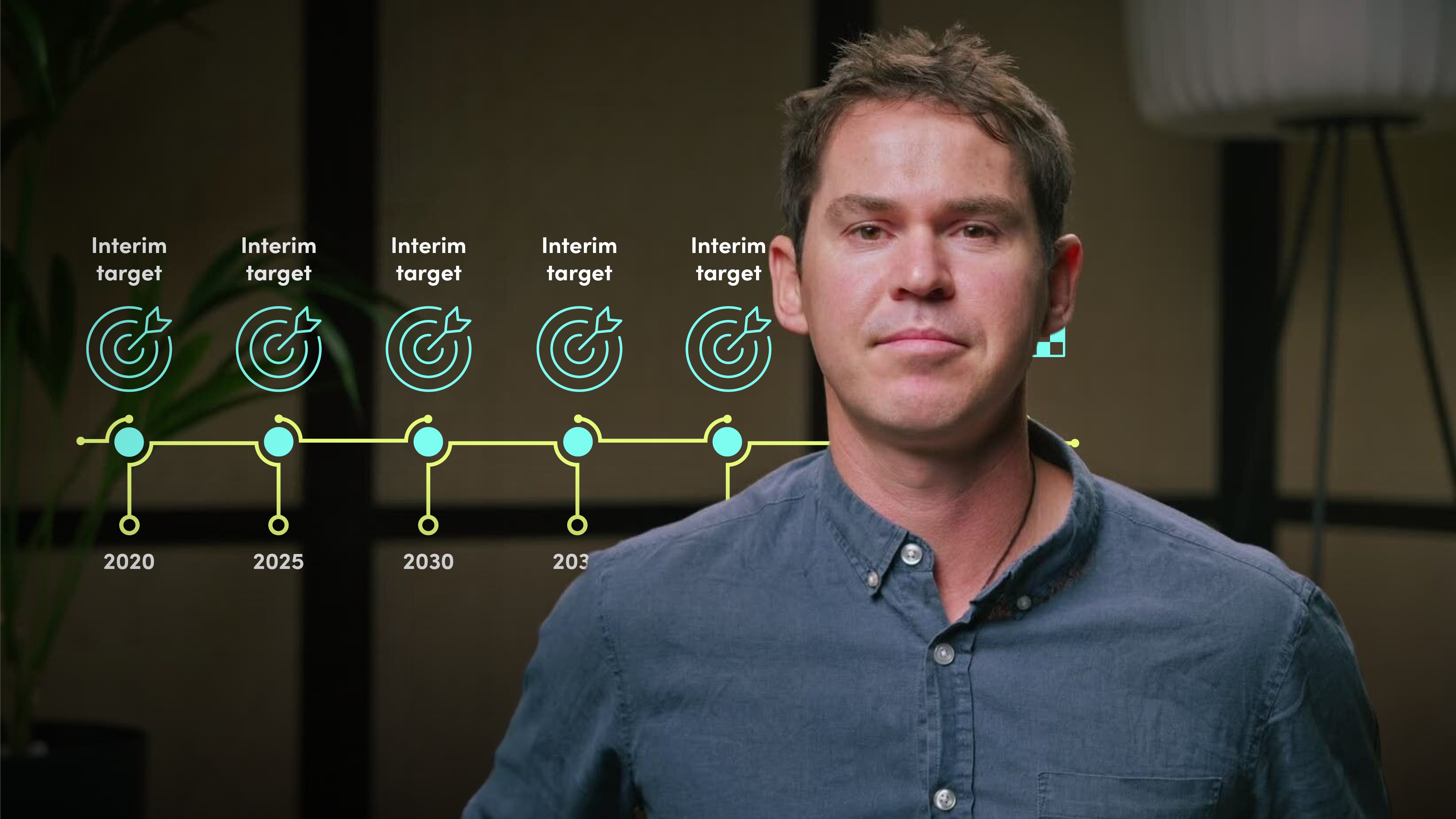
Option Adjustable-Rate Mortgage
The interest rate on an adjustable-rate mortgage (ARM) changes during the lifetime of the mortgage based on an index such as Libor or, in the US, the 11th District Cost of Funds (COFI index). Option ARMs initially have low rates but rise after the low-start period; rates are typically capped on the upside during the low-start period. Rates are recast every five years for the mortgage’s remaining life. Option ARMs give borrowers a range of repayment options, such as: A standard amortising mortgage, where interest and a portion of principal are repaid each month; An interest-only mortgage, where only interest is paid each month and borrowers need to pay the full principal back at the end of the term A minimum payment mortgage, an alternative to the standard IO mortgage where the borrower pays an agreed minimum amount each month. But if this does not cover full interest payments, it results in negative amortisation i.e. unpaid interest is added to the principal, increasing the size of the loan and the borrower paying interest on interest.



























